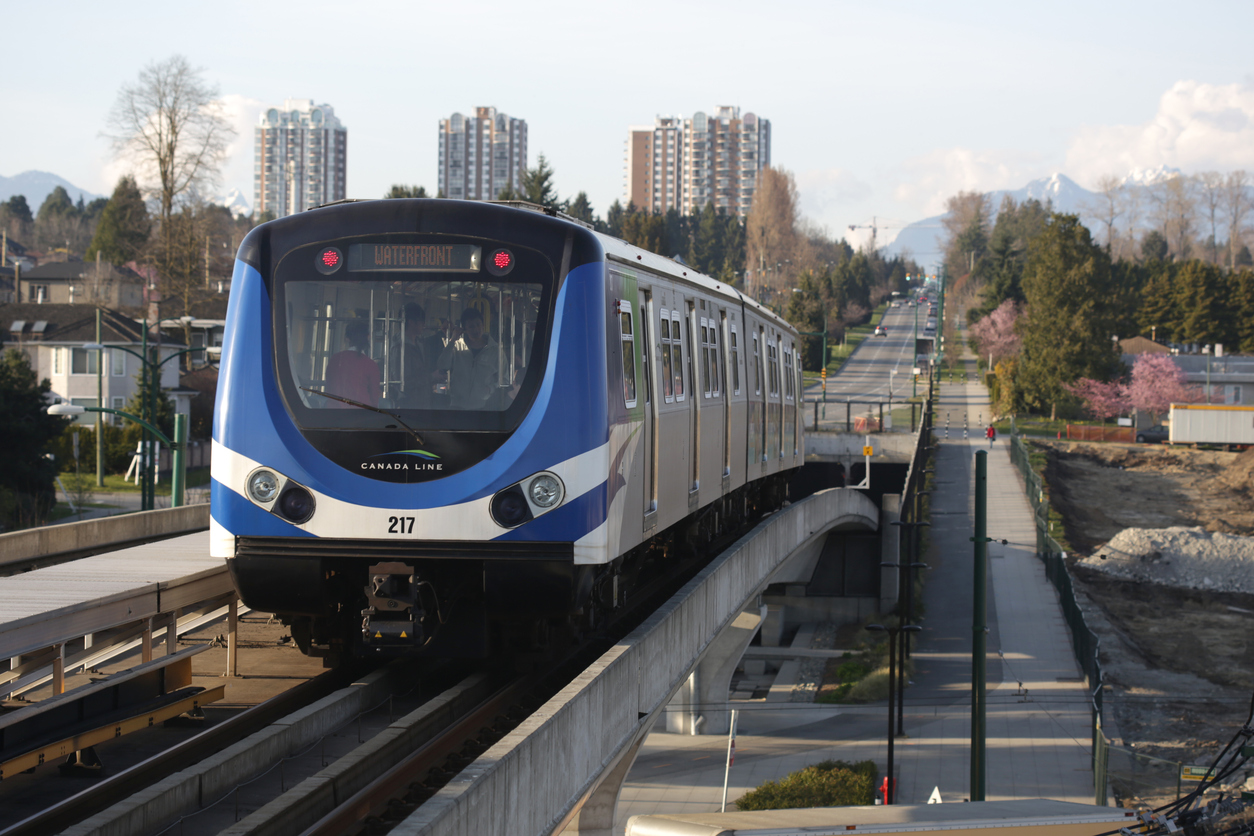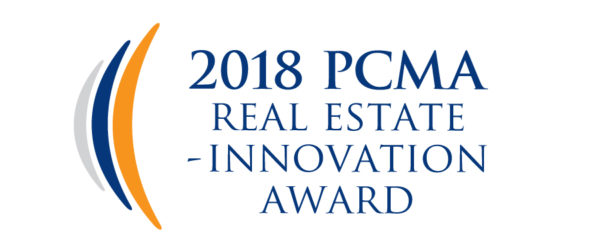5 Tips for Downsizing into an Age-Friendly Community
One of the perks of growing older is the opportunity to downsize; to move into a condo from a full-size home or to transition into a vibrant retirement community. Though you may be leaving behind a house filled with memories, it’s also a chance to make new ones, de-clutter, leave your mortgage payments behind and join a community of like-minded individuals. Here, five things to look for in your age-friendly community:
1) Car-Free Transportation
It might be hard to imagine not having a vehicle to help you get around, but there may come a day when vision problems and physical or cognitive challenges will get in the way of your ability to drive. When shopping for a retirement residence, it’s a smart idea to look for a community in walking distance from bus or SkyTrain service. If you’re planning to live in an urban area, seek multi-unit buildings located on transit routes.
2) Intellectual Stimulation
From Zumba or yoga classes to golf, these days there are no shortage of activities to keep adults busy in their retirement communities. But those pastimes may not provide the stimulation you need to keep your mind sharp for years to come. If you have a penchant for lifelong learning, consult with the administrators at your local colleges and universities to see which ones offer free tuition to the 65-plus set, or, if you’re the artistic type, join a community theatre or music group.
3) Social Connections
The correlation between social connections and wellbeing is especially strong for older adults who risk becoming isolated. Studies, including one from the University of Cambridge, have shown that older adults without sufficient social interaction are twice as likely to die compared to those with a strong social network. Indeed, social disconnection has been found to impair immune function and increase inflammation, which is related to heart disease, type II diabetes and arthritis. So, it’s no surprise that Raza Mirza, a senior research associate at the University of Toronto, told The Globe and Mail that you should seek a retirement community that lets you, “either maintain, redevelop or re-establish your social network.”
Recently, programs around the globe have looked at the impact of intergenerational retirement communities on the health and well-being of older adults and children—and the results are overwhelmingly positive. At the Mount St. Vincent retirement community in Seattle, for instance, a preschool established inside the residence resulted in adults being more optimistic, experiencing improved memory, and taking better care of themselves.
Other intergenerational community programs, where teens volunteer in retirement homes, for instance, provide opportunities for older adults to share life stories and wisdom with youngsters while the teens assist older residents with lifelong learning by sharing knowledge of social media and other digital platforms. Finally, housing situations, such as the one at Opal by Element Lifestyle, which allow family members of different generations to live alongside one another, allow older adults to maintain the relationships they’ve built throughout their lives and ensure that they are not labelled and segregated based on their age. Opal offers condominiums for purchase, Independent Living condos for rent and Licensed Care. This variety of lifestyle options supports the continuum of lifestyle and layers in intergenerational living.
4) Health Services and Support
While it’s a good idea to choose a retirement home that’s close to a hospital, family doctor and clinic, it’s even more crucial that the staff working there be, “respectful, helpful and trained to serve older adults,” as noted in the World Health Organization’s Checklist of Essential Features of Age-Friendly Cities, released in 2007. Also, you may be interested in looking at communities that offer infrastructure for ‘aging in place,’ where you can move in when you’re fully independent and remain until you need licensed or complex care.
5) Do Your Due Diligence
Once you’ve selected a home (or a few) you’d like to visit, review the following criteria. First, take a look at the staff-to-resident ratio. Next, observe how staff interact with residents. Engage in conversation with staff members, possibly asking them how long they’ve been employed there. Next, observe the ambience: does the residence feel welcoming, comfortable and clean, or cold and institutional? Finally, look into the culinary program and whether it’s healthful and nutritious and whether it accommodates special dietary needs.
A little research at the outset will repay you for years to come when you move into a retirement community that’s safe, welcoming and equipped to meet your health, wellbeing and lifestyle needs.



